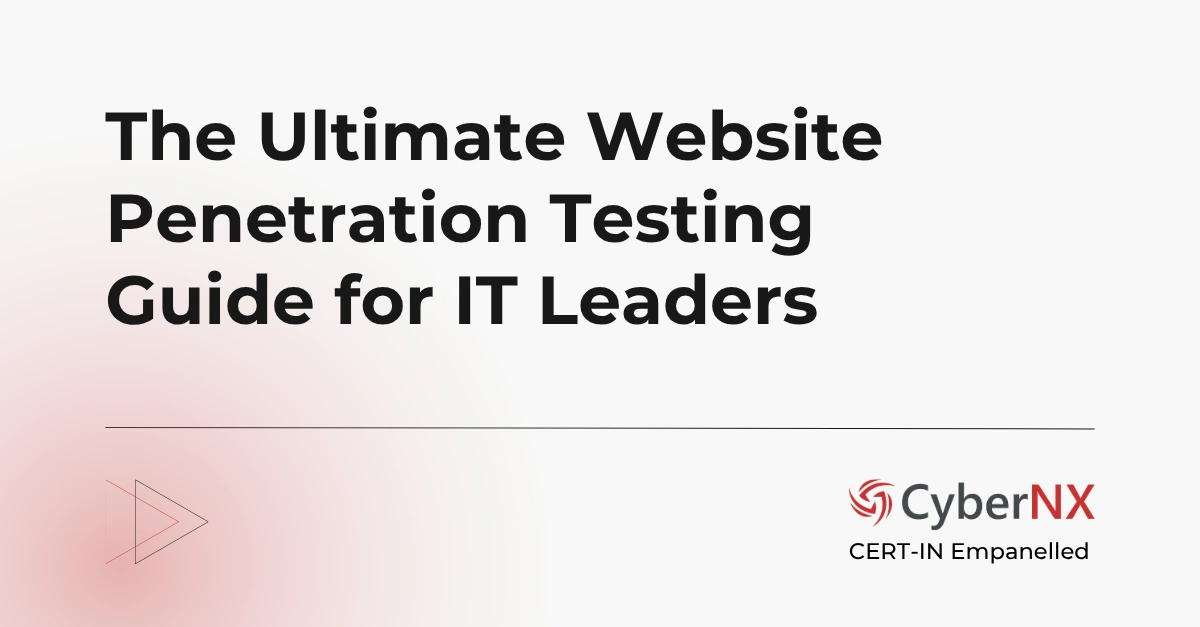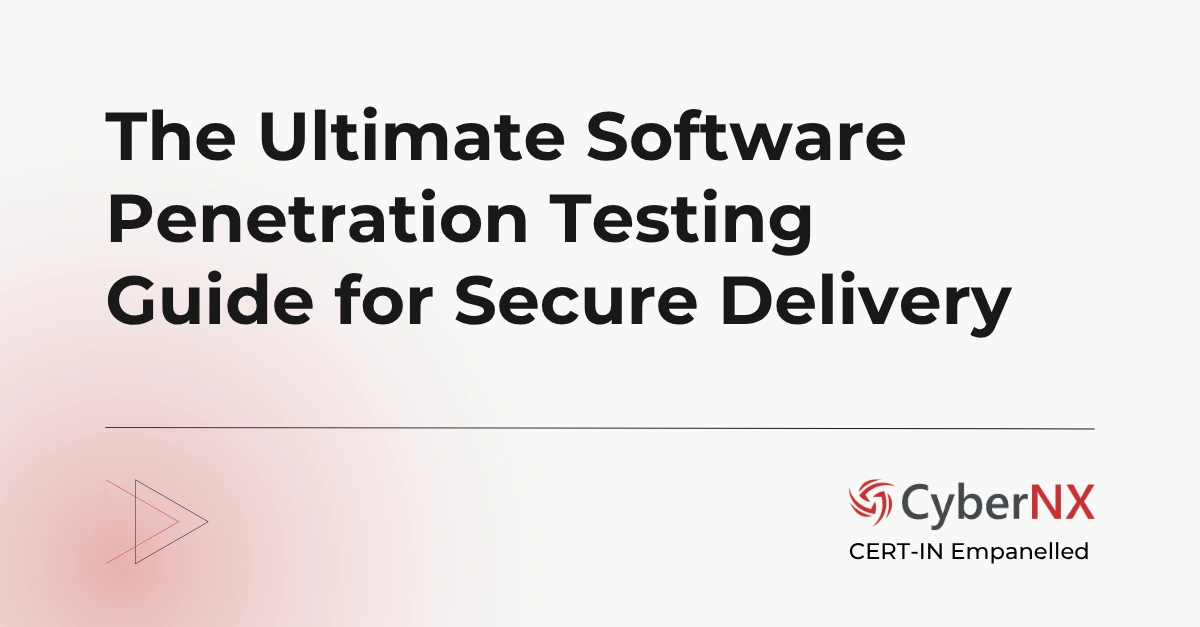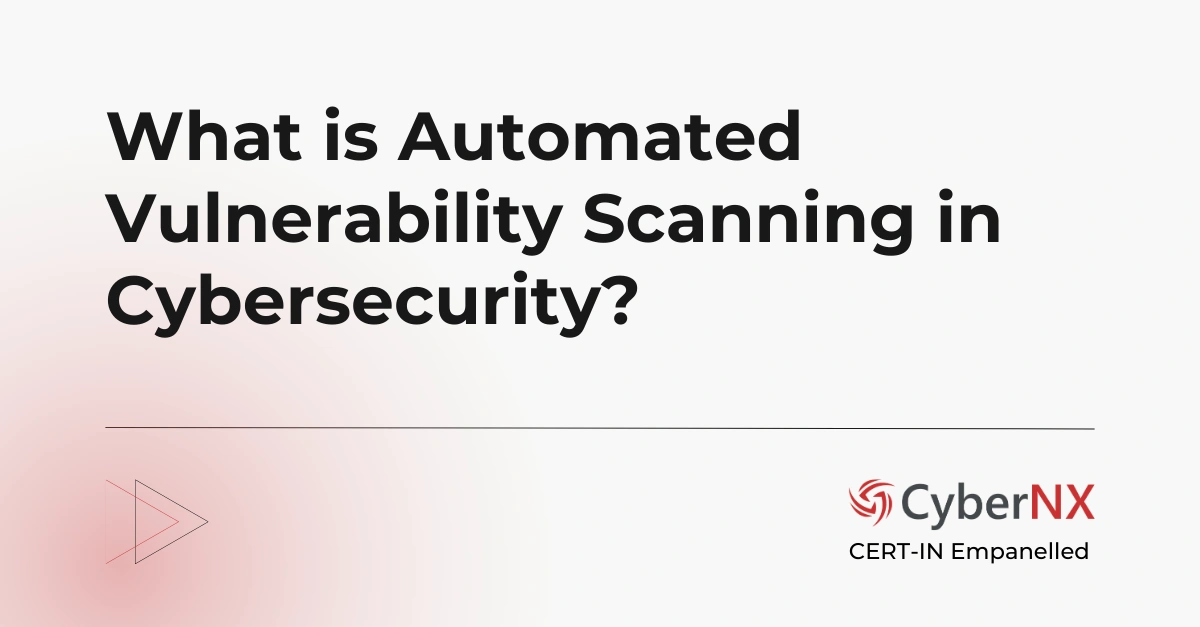This blog post gives you a clear picture about top AI Pentesting tools.
Our cybersecurity experts have meticulously reviewed each of the tools to give more than an overview.
We have listed the capabilities, pros and cons for tools such as Robust Intelligence, Mindgard, Garak and more, which will make it easier for you to make the choice.
Let’s dive in.
Introduction
By now, you do realise how significant has AI become for the world at large, for your business functions, and for innovation and growth in the future.
But do you realise the importance of AI in penetration testing or cybersecurity in general?
Your business cannot treat AI models like traditional software. Because they have vulnerabilities that can be exploited to weaponize inputs, models and data.
This is the reason why traditional pentesting may not work. Whereas AI penetration testing tools can give your security a much-needed boost.
How?
By automating complex testing tasks, improving accuracy and offering real-time insights.
AI in Penetration Testing
So, let’s not jump into tools. Let’s understand a bit about AI’s role in penetration testing. It effectively accelerates vulnerability detection, automates reconnaissance and simulates real-world attacks efficiently.
In short- AI enables professional testers to find and fix security flaws faster and in a productive manner.
If you want to learn more, read our blog: AI Penetration Testing
Importance of AI Pentesting Tools
Manual testing alone can’t keep up.
First, because you have a sprawling digital infrastructure, from mobile, web, cloud and network to wireless, API and what not.
Second, the evolution of threats, its sophistication and myriad advanced forms it is taking up with the help of AI and other technologies.
The Solution – AI Pentesting tools. These can help you with automating repetitive tasks, increase testing depth and breadth, identify and solve vulnerabilities fast.
Another advantage is it can simulate complex attack patterns, which is a boon for pentesters.
Ok, now, let’s cut to the chase and learn about the top AI pentesting tools. Here we go:
Top AI Pentesting Tools
1. Robust Intelligence
This is a cutting-edge platform developed to protect AI models from adversarial attacks and data drift. It provides proactive risk assessments and testing which is apt for machine learning application.
Key Capabilities: Adversarial testing for AI models, AI firewall to block real-world attacks and continuous assessment for data anomalies.
Pros: Proactive defence for AI applications and Real-time attack protection
Cons: Focus in on AI models and not traditional infrastructure
2. Microsoft Counterfeit
It is an open-source AI security tool with automation feature for adversarial attack simulations for AI models.
Key Capabilities: includes ML attack scenario simulation, security benchmarking and compatibility with many AI frameworks like TensorFlow and PyTorch.
Pros: Open-source and flexible integrations
Cons: Not useful for traditional IT pentesting
3. IBM Adversarial Robustness Toolbox (ART)
An open-source testing tool, it has a comprehensive Python library for adversarial ML testing. Plus, it works well to train AI models against possible threats and to use detection techniques.
Key Capabilities: Apt for white-box and black-box testing approaches. Supports well-known ML frameworks and integrates defence mechanism.
Pros: Community-supported and strong documentation
Cons: In-depth ML knowledge required to work well
4. Garak
An AI-native penetration testing and red teaming platform for LLMs and AI system, Garak tests multiple attack surfaces. In addition, it enables static and dynamic model testing.
Key Capabilities: Automated red teaming, jailbreak testing and contextual attack simulations.
Pros: Specialized in LLM security testing
Cons: Limited application other than AI models.
5. Mindgard
It is a phygital AI security platform that provides automated adversarial attacks and simulation. It is popular for red teaming process automation.
Key Capabilities: Stress-testing of AI models, sandbox environments for research and threat simulation for industrial AI
Pros: Broad attack coverage for AI and real-world test environments
Cons: Not enterprise-focused but research-focused
6. Burp Suite Professional
Without a doubt, a leading AI pentesting tool powered by AI for advanced vulnerability detection. It gives updated insights about pentesting.
Key Capabilities: Anomaly-detection, real-time scan optimisation and extensive web security toolkit made available.
Pros: Good features, industry standard and trusted
Cons: Paid version for Pro
7. Scytale
Scytale is a security and compliance automation platform which separates it from the rest of the tools. In addition, it has integrated pentesting feature.
Key Capabilities: SOC2, ISO 27001 readiness checks, compliance-focused risk assessment and automated control testing.
Pros: Compliance and pentesting combination
Cons: Minimal focus on offensive security
8. Protect AI
A robust security platform with the capability to safeguard ML pipeline. It achieves this objective with tracking, auditing and risk management.
Key Capabilities: Policy management, security scoring and model provenance tracking
Pros: Full-model lifecycle coverage and DevSecOps for AI
Cons: Too much for small-scale AI use
9. Hidden Layer
Uses behavioural AI to identify and find malicious activity targeting models with the aim to protect ML systems.
Key Capabilities: Model threat detection, behaviour monitoring and attack mitigation.
Pros: AI-specific threat detection
Cons: Limited pentesting scope for general IT
10. PentestGPT
This is a powerful GPT powered assistant that helps users throughout the penetration testing cycle by suggesting exploit paths based on given inputs.
Key Capabilities: Automated scanning and reconnaissance and report generation.
Pros: Easy pentest workflows and language interface
Cons: Needs technical output
AI Pentesting Tools – Comparison Chart
| Tool | Focus Area | Key Features | Ideal Users | Pros | Cons |
|---|---|---|---|---|---|
| Robust Intelligence | AI/ML model protection | Adversarial testing, AI firewall, data drift monitoring | Enterprises with AI systems | Real-time protection, proactive defense | Limited to AI model security |
| Microsoft Counterfit | Adversarial attack simulation | Open-source ML attacks, supports multiple frameworks | AI developers, researchers | Flexible, integrable, free | Requires ML knowledge |
| IBM ART | Adversarial robustness testing | White/black-box attacks, ML framework support | Research teams, data scientists | Rich library, strong community support | Steep learning curve |
| Garak | LLM-specific red teaming | Prompt injection, jailbreaks, contextual AI attacks | LLM developers, AI startups | Tailored for LLM testing | Niche, limited general use |
| Mindgard | Adversarial simulation for AI systems | Sandbox testing, industrial AI focus, AI threat models | Critical infrastructure, labs | Realistic testing, stress simulation | More research-oriented |
| Burp Suite Professional | Web app pentesting | AI anomaly detection, scan optimization, dynamic testing | Security testers, red teams | Comprehensive toolkit, industry trusted | Paid tool, learning curve |
| Scytale | Compliance-focused pentesting | SOC 2/ISO checks, control automation, compliance dashboards | SaaS, startups | Integrates compliance + testing | Less offensive security coverage |
| Protect AI | MLOps and model lifecycle security | Model lineage, audit trails, risk scoring | DevSecOps, regulated industries | Full ML pipeline coverage | Complex for small teams |
| Hidden Layer | AI model threat detection | Behavior-based threat detection, AI SOC integration | AI-driven enterprises | AI-focused defense, anomaly detection | Limited outside ML security |
| PentestGPT | Guided penetration testing | Prompt-driven scanning, recon, report generation | Red teams, learners | Natural language use, automation | Early-stage, still evolving |
AI Penetration Testing Tools: Benefits
AI penetration testing tools provide significant benefits – prominent one being speed. Vulnerability scanning and reconnaissance are time-consuming process. Automation works like magic and reduces assessment time.
Second is scalability. If you want to conduct simultaneous testing across a expansive and complex IT environment without errors, AI pentesting tools are quite helpful.
Organisations achieve consistency as far as approach is concerned and cost-effectiveness, allowing you to focus on analysis and decision making.
AI Pentesting Tools: Challenges
AI pentesting tools have multiple benefits as we have just seen. But there are challenges too.
False positives are harmless activities which are incorrectly tagged as threats. This is a challenge with AI tools causing alert fatigue, unwanted investigation delays and time wastage.
Another limitation is that these tools are designed for AI and ML models, rendering them useless for traditional IT infrastructure testing.
Without proper skills and familiarity, AI pentesting tools could lead to sensitive data exposure and operational disruptions.
Conclusion
AI is making pentesting faster, intelligent and scalable for organisations. Depending on your compliance and infrastructure needs, you can choose a combination of tools for a resilient security posture.
To know more about AI pentesting tools and how they can help your business, contact our Penetration testing experts at CyberNX.
FAQs
How are AI pentesting tools different from traditional tools?
AI pentesting tools go beyond signature-based scanning by using ML to identify vulnerabilities, identify behavioural anomalies & simulate complex attack patterns.
Can AI pentesting tools test LLMs for vulnerabilities?
Yes. Some AI penetration testing target LLM-specific risks like prompt injection. If you want to learn more, talk to our experts.
Will AI pentesting tools replace ethical human hackers?
No. AI penetration testing will not replace human judgement and manual exploitation.
Do AI pentesting tools support compliance?
Yes. Tools like Scytale and Rapid7 help meet SOC 2, ISO 27001, and HIPAA requirements.





